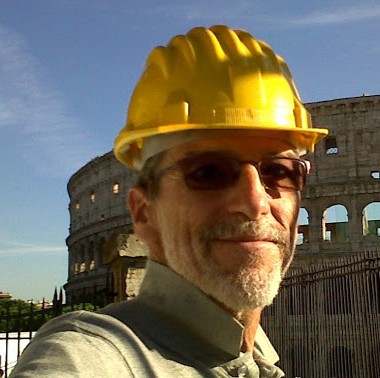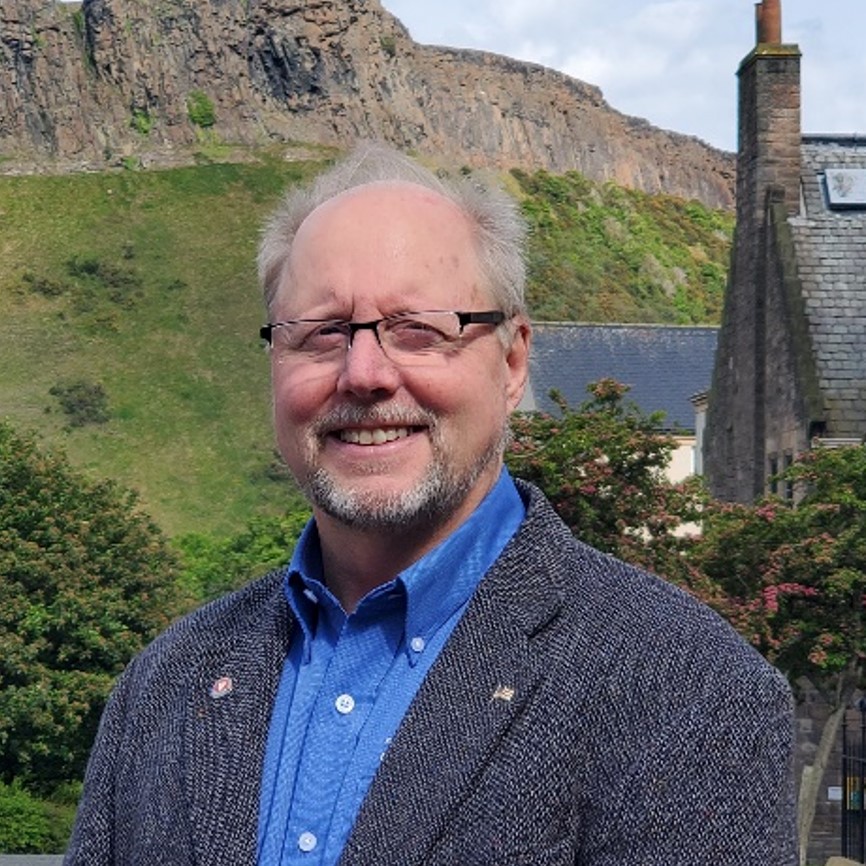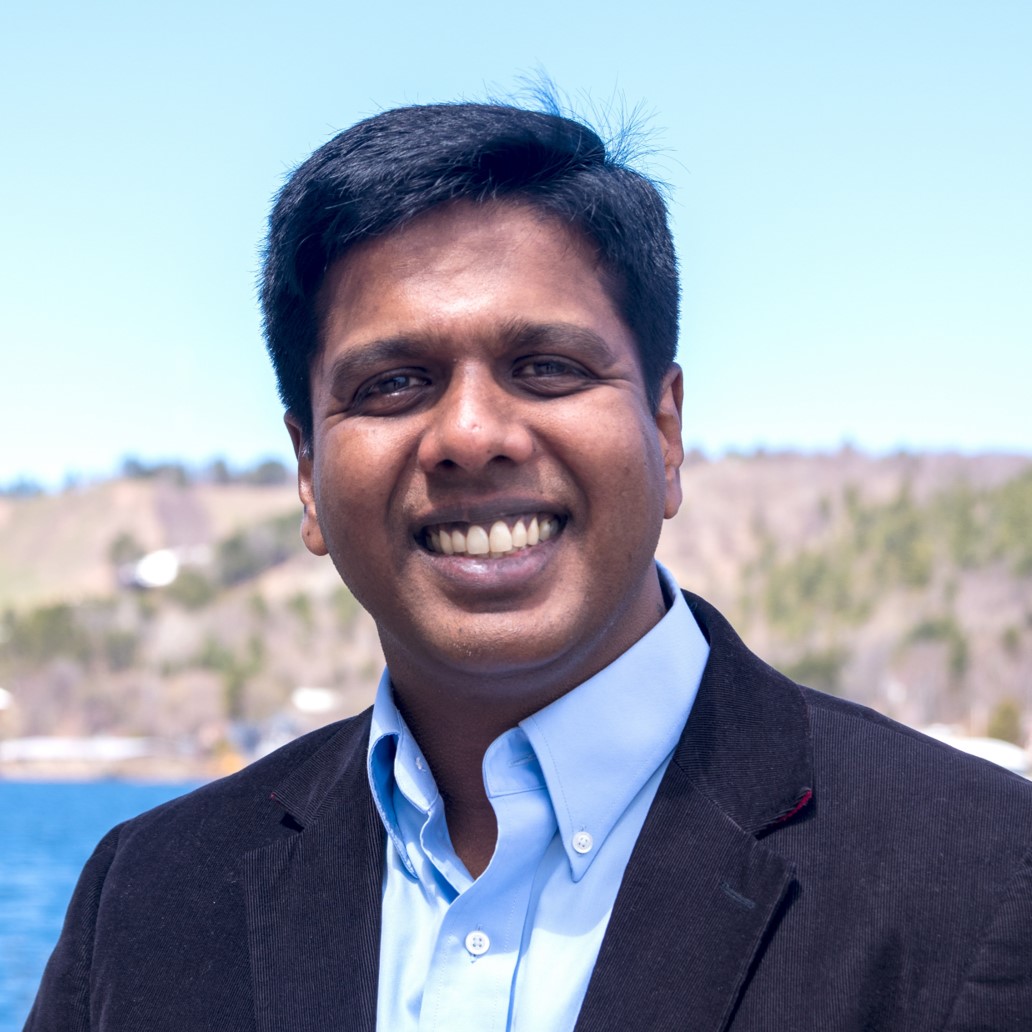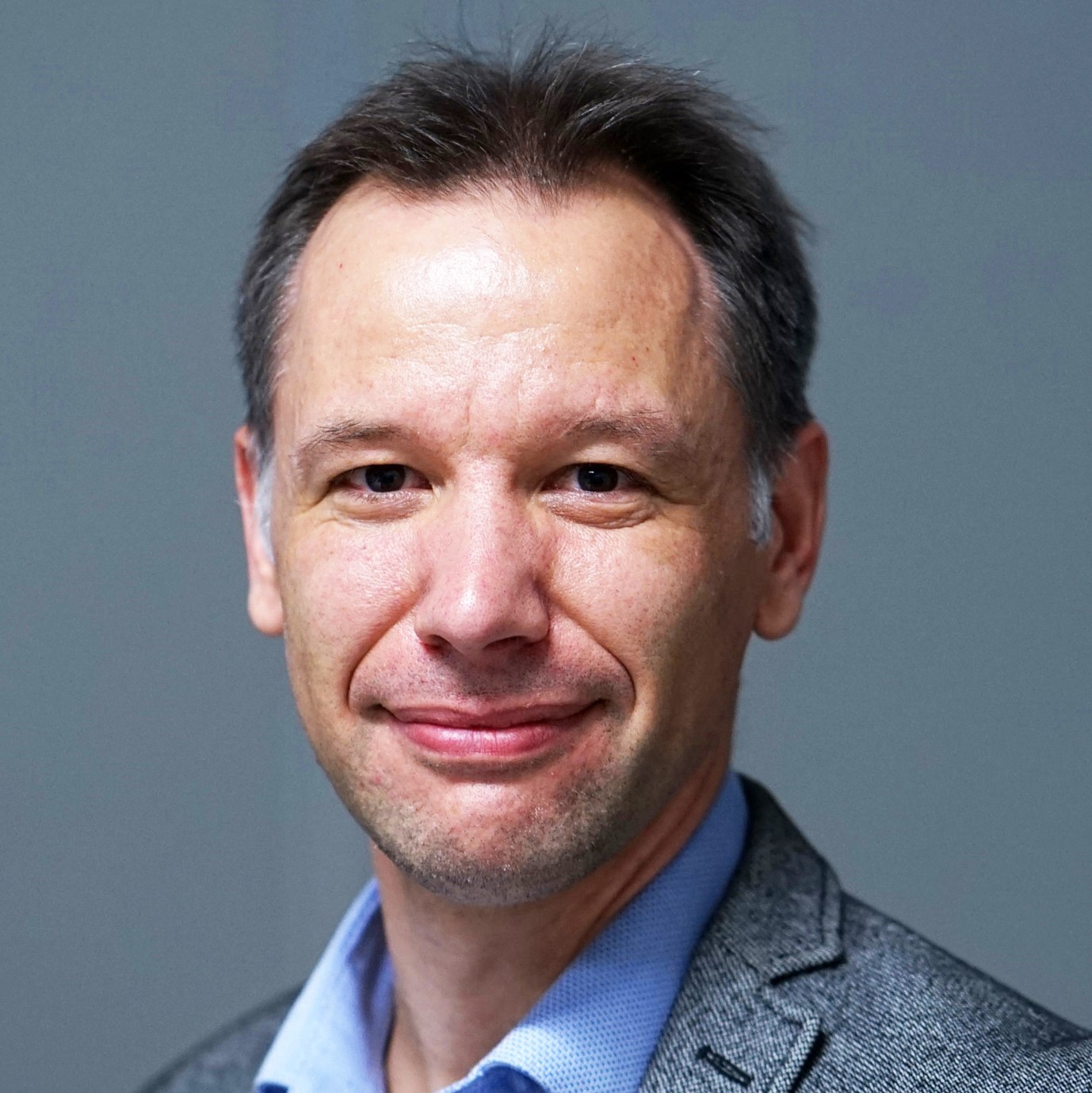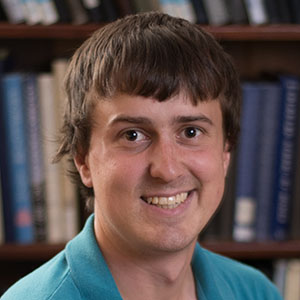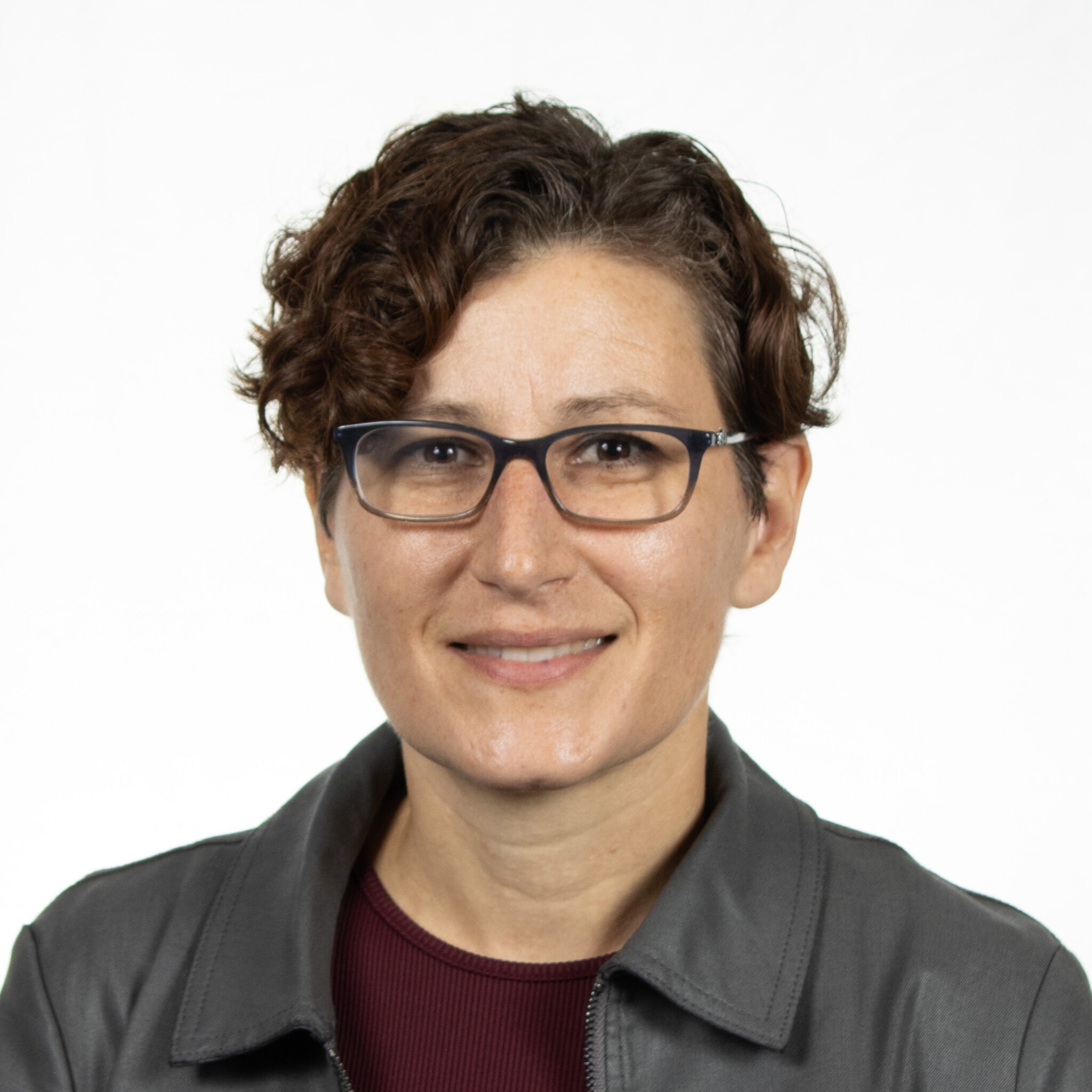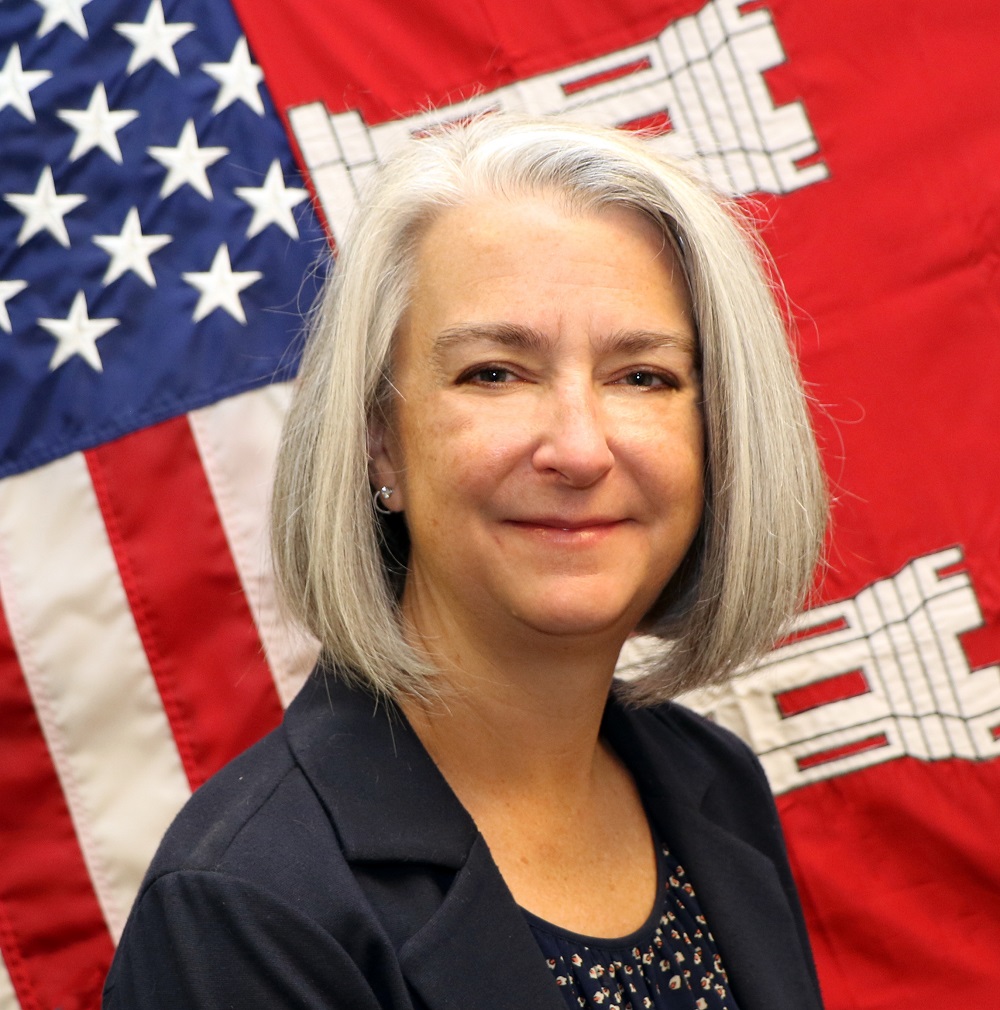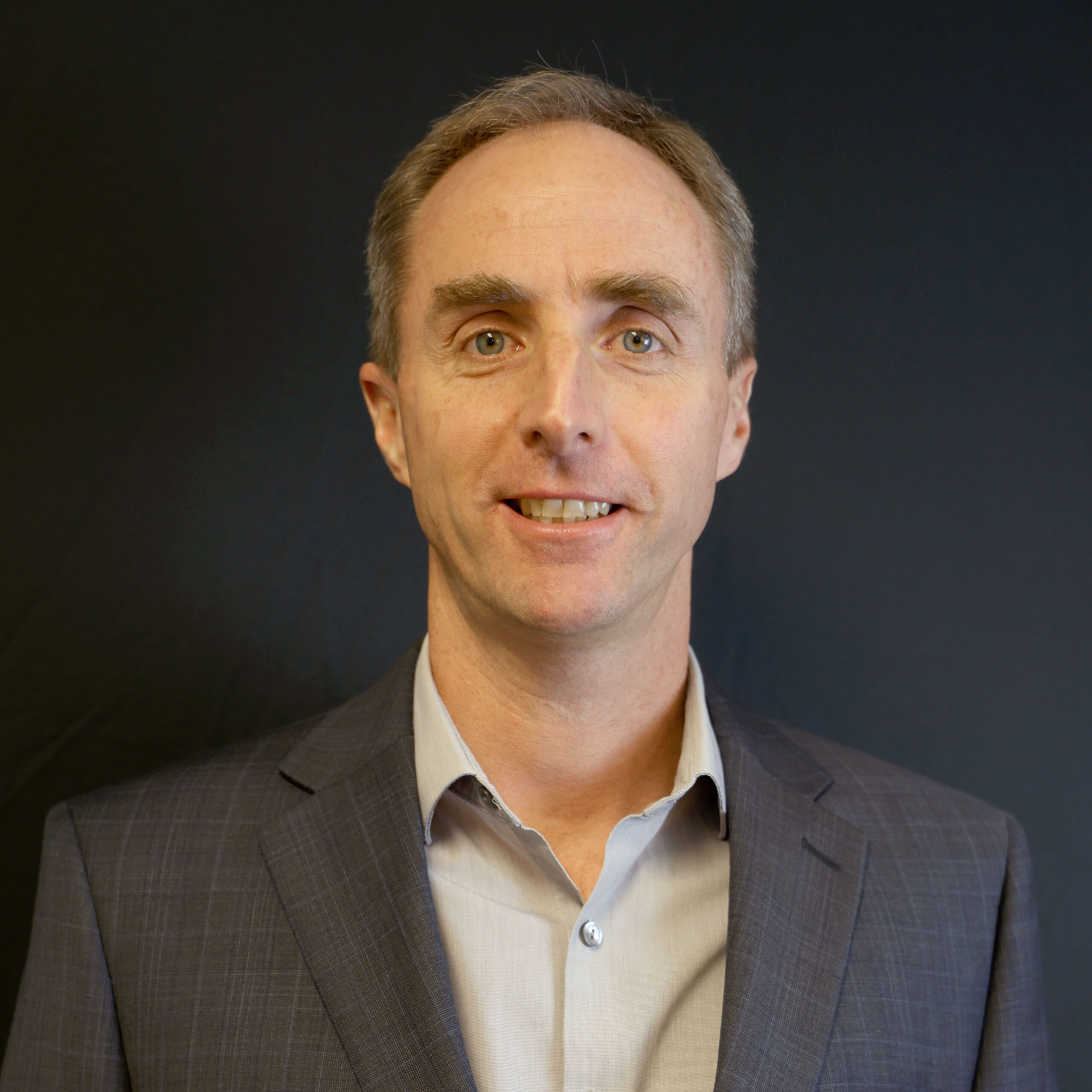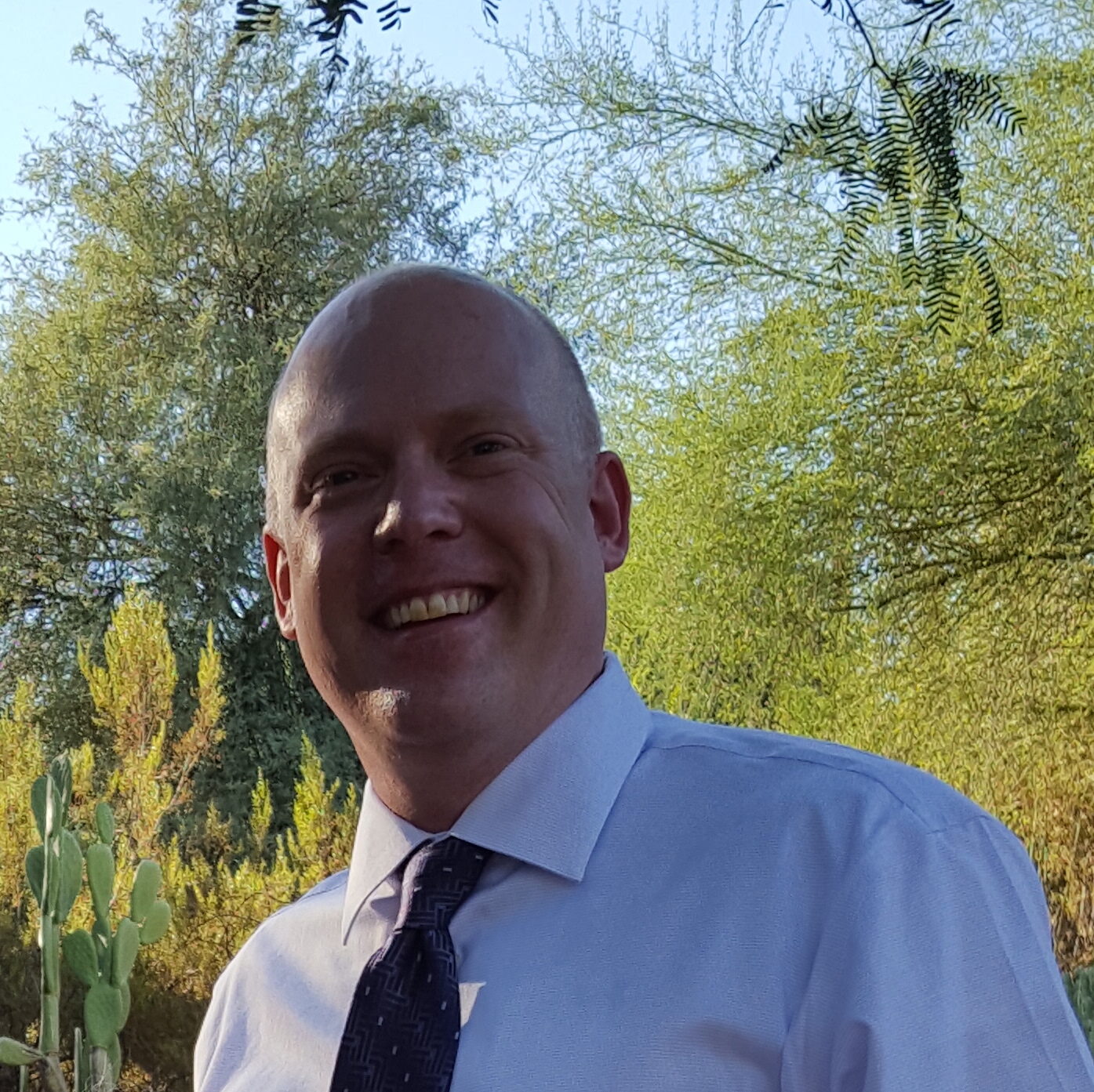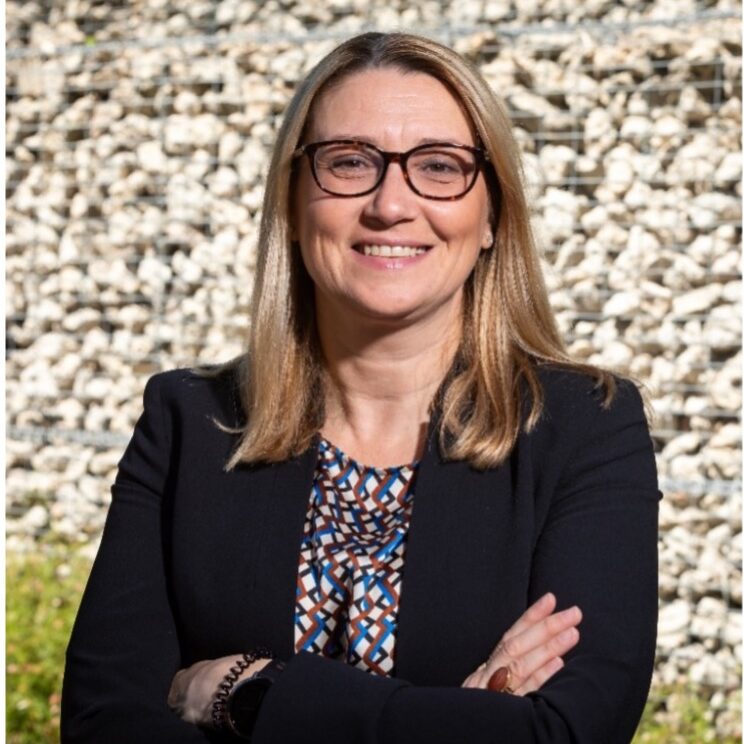PROGRAM
PROGRAM OVERVIEW
The program of the 10th International Course on Geotechnical and Structural Monitoring is organized to offer participants and exhibitors a broad overview of the most interesting topics and applications in the field of geotechnical and structural monitoring.
The course is structured over three days of masterclasses, starting from a general overview of geotechnical and structural monitoring to enable a full understanding of the following course topics. Lessons will be dedicated to:
- monitoring static and dynamic deformations with contact and remote sensing monitoring systems;
- monitoring groundwater and surface water;
- data, from transmission to interpretation;
- data analysis new trends, including monitoring through innovative platforms and technologies;
- monitoring applications, including landslides, linear infrastructures (railways, bridges, tunnels, roads, airstrips), natural resources (dams, mines, pipelines, wind turbines, geothermal fields, oil&gas extraction).
The event is completed by a field trip organized on the last day and by the ICGSM EXPO 2024. During the EXPO participants will have the opportunity to interact with the event’s sponsors widening their business networks and updating theirself with the newest technologies on the market.
Morning
- Official Opening of the Exhibition Area
- Welcome of participants and Exhibitors [by Paolo Mazzanti, Giorgio Pezzetti, Matt Morgan, Jill Carlson and the Dean of Colorado School of Mines]
- Geotechnical and Structural Monitoring: state of the art and future perspectives [by Paolo Mazzanti]
Coffee Break
- Quick introduction of exhibiting companies
- Monitoring design, key parameters, standards and guidelines [by Giorgio Pezzetti]
Lunch Break
Afternoon
- Monitoring static & dynamic geotechnical deformations in a nutshell: data collection, data analyses and data interpretation [by Werner Lienhart]
Coffee Break
- Monitoring static & dynamic structural deformations in a nutshell: data collection, data analyses and data interpretation [by Jesse Sipple]
- Monitoring deformations: looking forward [by Thomas Matarazzo]
- Quick Demos of innovative Hardware & Software by Exhibitors
- Interaction time & company presentations
Evening
Welcome Party
Morning
- Interaction time
- Monitoring of ground and surface water in a nutshell [by Georgette HLepas & T. Simmonds]
Coffee Break
- Monitoring of ground and surface water: looking forward [by Paolo Mazzanti]
- Data transmission, management, integration, modelling [by Todd Roberts and Tony Monasterio, BGC]
Lunch Break
Afternoon
- Monitoring of slopes [by April Fontaine]
- Monitoring slopes: looking forward - a flexible fixed photogrammetry solution [by Gabriel Walton]
Coffee Break
- Monitoring of roads & railways [by Werner Lienhart]
- Monitoring of roads & railways: looking forward [by Thomas Oommen]
- Quick Demos of innovative Hardware & Software by Exhibitors
- Interaction time with exhibitors & company presentations
Morning
- Interaction time with exhibitors
- Monitoring of dams and embankments [by Georgette Hlepass]
- Monitoring dams: looking forward [by Paolo Mazzanti]
Coffee Break
- Monitoring of open mines [by Anna Giacomini]
- Monitoring of open mines: Looking forward [by Julia Potter]
- Quick Demos of innovative Hardware & Software by Exhibitors
Lunch Break
Afternoon
- Monitoring of Tunnels [by Loic Galisson]
- Monitoring of Tunnels: looking forward [by Paolo Mazzanti]
- Monitoring of wind turbines, oil&gas and geothermal fields, pipelines [by Martin Derby]
- Conclusions, outlooks and regards [by Paolo Mazzanti]
- Last chance for interaction
Field Trip to Pueblo Dam - Bureau of Reclamation
7:30 AM: Departure from Golden, CO.
9:45 AM – 10:00 AM: Arrival at Pueblo Dam.
10:15 AM – 11:30 AM: Guided tour of Pueblo Dam, exterior instrumentation at embankments and concrete structures.
- Toe drain flows of embankment
- Drainage Blanket seepage
- Seepage flows downstream of concrete dam
- Porous-tube piezometers and observation wells
- Pneumatic piezometers
- Embankment measurement points (geodetic surveying)
- Inclinometers
- Outlet works structural measurements
- Embankment measurement points
- Spillway displacement measurements
- Whittemore points
- Structural measurement points
- Differential movement Plates
- Differential Movement Plates, concrete buttresses
- Visual inspection routines, and context for remote sensing
- Reservoir water surface elevation
11:30 AM – 12:00 PM: Lunch break.
12:00 PM – 1:30 PM: Guided Tour of Dam Interior.
- Centralized Data Acquisition System
- Automated
- foundation-buttress uplift pressures by vw-piezometers
- in-place inclinometers
- multipoint extensometers (mpbx)
- shear strips
- LVDT jointmeters
- Plumblines
- Foundation deformation gages
- Uplift Pressures
- Multi-point piezometers
- Drain Flows
- Individual
- Cumulative flows in gallery gutters
- Reservoir water temperature
1:30 PM – 2:45 PM: Equipment Demonstrations
- USBR UAS Team Data Collection and Results Demonstration
- USBR Scanning LiDAR Demonstration
2:45 PM: Gather for departure from Pueblo Dam.
5:00 PM: Arrival in Golden, CO.
SPEAKERS
OPEN REGISTRATION!


VENUE
GOLDEN (CO) – UNITED STATES
Golden, Colorado is rich with culture, outdoor activities, scenic beauty, thriving businesses, and friendly people, but the City’s origins are largely thanks to another valuable resource – gold. Golden City quickly became an important supply stop for gold miners seeking their fortunes in the adjacent mountains. Farmers soon discovered the rich soil in the valley that is now home to the Coors complex, and Golden City further swelled as coal mining and clay extraction industries settled in the area, utilizing the region’s ample natural resources.
Golden City became the capital of the federally recognized Colorado Territory in 1862. Locals were outraged when neighboring Denver snagged the honor of becoming capital of the newly formed state in 1876, but the loss of name distinction did nothing to dampen Golden’s vital growth. Today, with the official name of City of Golden, the town continues to thrive. It offers residents and visitors an abundance of recreational, cultural and culinary opportunities. Come live, work and play with us in our modern town with an old west flair.
GREEN CENTER – COLORADO SCHOOL OF MINES
FRIEDHOFF HALL
The Colorado School of Mines Cecil H. & Ida Green Graduate and Professional Center is representative of the blending of humanity and technology. The facility is designed as a place for meetings, the arts, and a variety of receptions and banquets as well as a place for the study of science and technology via exhibitions and conferencing.
The Green Center is a unique building on campus. It houses some 85,000 square feet of event areas comprised of a Grand Lobby which can act as an exhibit area, two lecture halls, (Metals and Petroleum), reception halls (Friedhoff 1, 2 & 3), and an 1,400 seat theater (Bunker Auditorium). Thus, the Green Center serves the Mines community as both a community events center and as a campus event facility.
MORE INFO
We are working for you to have an unforgettable experience at the 10th International Course on Geotechnical and Structural Monitoring. If you need more information about the course or field trips or have any questions and/or doubts, please do not hesitate to send an email at info@geotechnicalmonitoring.com.
Further updates will be available very soon. Stay tuned!

